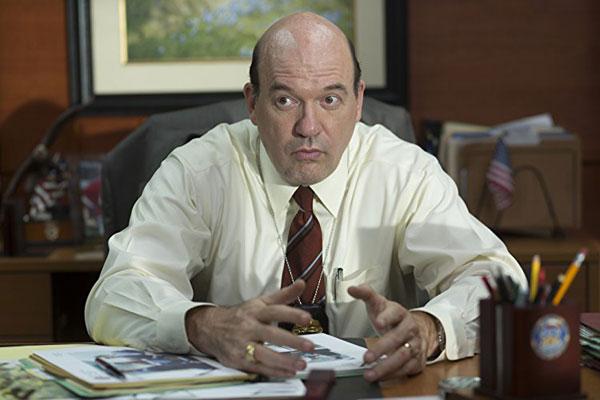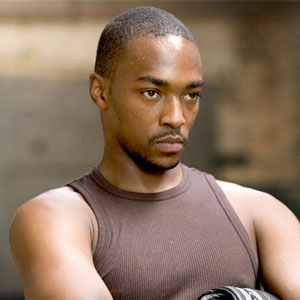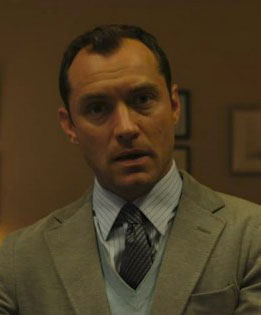
“If you want to figure out where you fit in the acting ecosystem, you look at where you would have fit into the generation that came before you.” – John Carroll Lynch
John Carroll Lynch may not be a name that most would recognize right away, but the face gives away his profession — Lynch is an actor who has appeared in dozens of roles in film and on television since the early 1990s, including Fargo, Face/Off, The Drew Carey Show, Shutter Island, and American Horror Story. While Lynch has also moved behind the camera to direct the recent feature film Lucky, it has helped him learn about his place in the industry — and what advice he plans to give to the next generation.
Lynch admits he’s used to being asked to play creepy characters, and explains how each actor needs to discover how he or she fits in not only today’s acting scene, but how he or she would’ve been perceived in previous generations. He says, “I seem to be asked to play complicated people. I bring a certain level of menace. The weather changes from sunny to cloudy to stormy with me, and the storms are dangerous. If you want to figure out where you fit in the acting ecosystem, you look at where you would have fit into the generation that came before you. For a while, I thought I was George Kennedy, Karl Malden. American Horror Story’s Twisty the Clown took me to a place where I had to reconsider that. I might actually be Boris Karloff. I guess I’m thinking a lot about death lately.”
On the topic of a master class he will teach at his alma mater (Washington’s Catholic University), he makes a comment about how he feels that the common advice of “act like the camera isn’t there” is wrong. He explains, “The class is about how you, as an actor, enter into a film project. I don’t really go into theory, but I’m going to stress that there’s no point in pretending the camera isn’t there. Why am I wasting time creating imaginary circumstances that don’t involve the camera and the film crew? If I’m onstage in The Glass Menagerie, and I’m pretending I’m in a 1930s apartment in St. Louis, I still project to the back rows of the theater. On a movie set, why pretend that the camera doesn’t exist?”


